A marvelous collection of royal jewels, collected for hundreds of years by different kings during the history of Iran. Isn’t that mind-blowing really? To be able to see the largest jewel collection in the world? So don’t miss the National Jewelry Museum if you’re interested. But I should warn you, each piece you see at this magnificent museum is a reflection of history, of many bitter and sweet memories, of defeats and victories, and of course, of the pride and ambition of rulers who were powerful or weak.
The Treasury of National Jewels
Situated at Ferdowsi Avenue, Central Bank of Iran in the breathtaking capital, Tehran, you get to see the Treasury of National Jewels. Some of the jewels in this collection date back to prehistoric times. These jewels were used as decorations for the rulers during the past eras. In addition, it showed the glory and extravagance of their courts, as well as their power and wealth. These precious remains of Iranian kings are affiliated with the Iran Central Bank.
Hidden Value of National Jewelry Museum of Iran
The value of these treasures in this museum is not limited to their economic value, but it actually reflects the creativity and taste of Iranian craftsmen and artists over the different eras of Iranian history. Let’s not forget that it is one of the representors of the artistic cultural heritage of Iran.
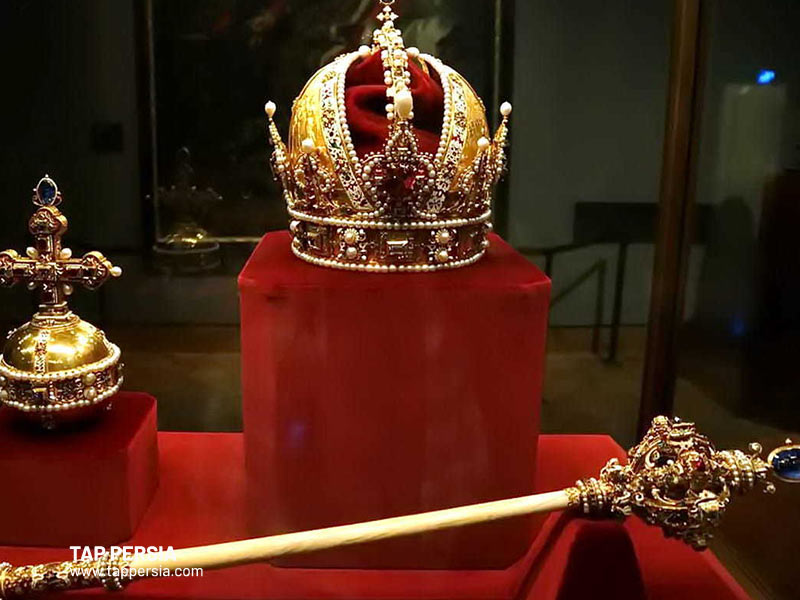
It came on and inherited to us as a part of the culture and history of Iran. It also made a lot of impact on other things such as architecture, design, fashion, customs, and art. They all came together as elements to understand the real Persian culture. Before the Islamic Revolution, in some formal occasions such as marriage and coronation jewels used to be worn especially at the time of Mohammad Reza Shah of Pahlavi.
How Much is the Value of This Collection?

To be honest no one knows the answer to this question. Because this collection contains gems that are unique in the world. The answer to this question can be as the following: from the artistic viewpoint, historical background, and containing incomparable jewels, the Treasury of National Jewels is on a level that even the most expert evaluators of the world have not been able to calculate the price of this collection.
Let’s Travel Back in the History – How Did Collecting Imperial Jewels Start?
Collecting the Imperial crown jewels of Iran goes back to the Safavid era and then other kings added some pieces to it and made the collection larger, briefly speaking; but let’s go through the whole story.
Once Upon a Time…
Before the Safavid dynasty, certain jewels existed in the government treasuries, but it was with the Safavid dynasty that foreign travelers including Jean-Baptiste Tavernier, Chevalier Chardin, the Shirley brothers, and many others began to mention these treasuries. The Safavid monarchs started to collect rare and beautiful gems for over two centuries. The gem specialists of the Safavid court brought fine stones to Isfahan, the capital of Iran at the time from the markets of India, the Ottoman Empire, and European countries like France and Italy.
The Happy Story Ends – Defeat Against Mahmoud the Afghan
After the rule of Shah Soltan Hossein of the Safavid dynasty and the entry of Mahmud the Hotak to Iran, the treasury was scattered and some of the jewels were taken by Mahmud Hotak and transferred to his cousin and vicegerent, Ashraf Hotak.
Shah Tahmasb and Nader were the people who brought the national jewels back to Isfahan. The jewels fell into the hands of Nadir and were preserved inside the country. Later, in order to regain the jewels that had been transported to India, Nadir wrote several letters to the Indian court but did not receive any replies. After Nader’s victory in India, Mohammad Shah of Qajar gave Nader cash amounts, jewels, and weapons as booty.
A part of these treasures never reached Iran from India. They were lost on the way, but most probably it was stolen. After returning to Iran, Nadir sends part of the booty as gifts to neighboring rulers, since it was a tradition at that time. He also presented some beautiful and rare objects to the Holy Shrine of Imam Reza in Mashhad, while some were distributed among the soldiers of his army.
Losing the Precious Mountain of Light Diamond
After the assassination of Nader, one of his commanders looted the treasury. One of the famous jewels that left Iran at this time and never returned was the famous “Kooh-e-Nur” diamond (Mountain of Light). This diamond passed on to the hands of Ahmed Shah Durrani and then to Ranjit Singh of Punjab. After his defeat by the British government, the Kooh-e-Nur diamond fell into the hands of the East India Company, and in 1850 AD, it was given to Queen Victoria as a gift.
Last Stop – Collecting for the National Jewelry Museum
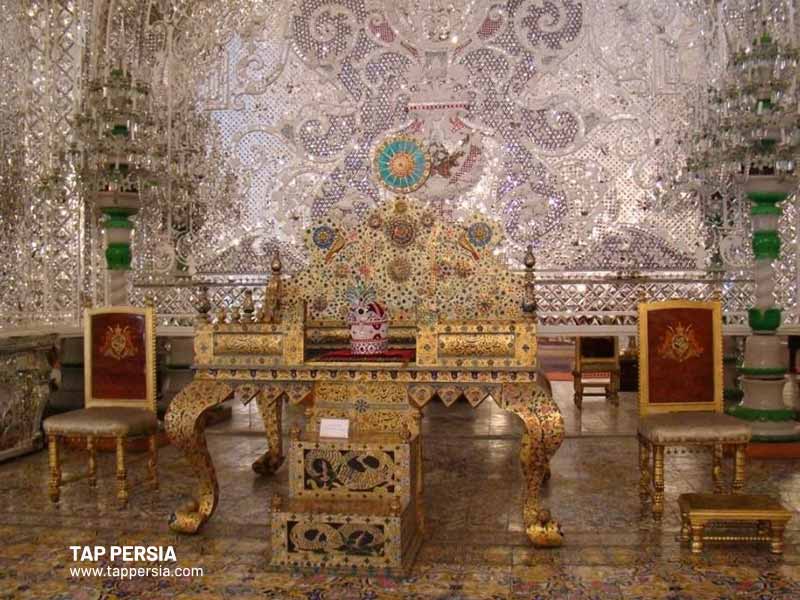
After this event, there was no major change in the treasury until the time of the Qajar dynasty. During the Qajar ruling time, the Treasury was collected and recorded. Some of the stones were mounted on the Kiani Crown, the Nadir Throne, the Globe of jewels, and the Peacock Throne (or the Sun Throne).
Two other items that were gradually added to this Treasury are the turquoises, extracted from the local turquoise mines, and the pearls hunted from the Persian Gulf.
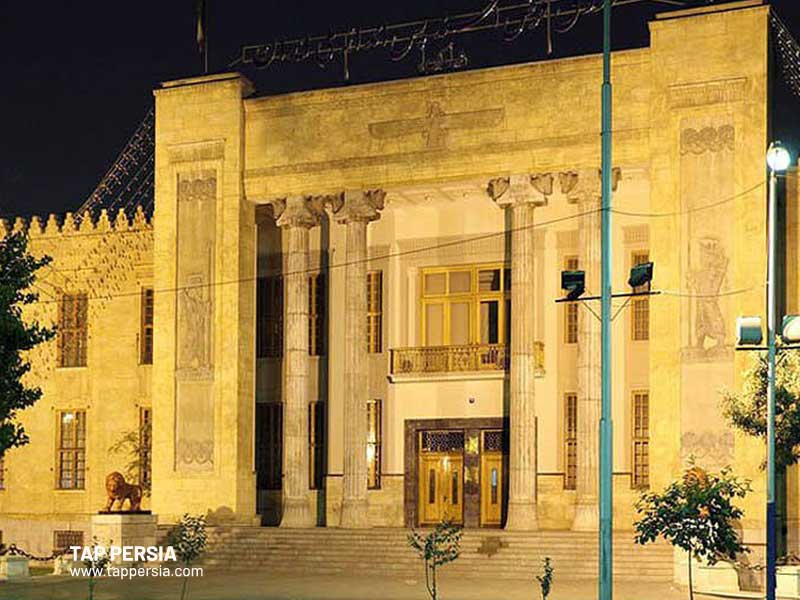
According to the law approved in 1937, a major portion of the Treasury was transferred to Bank Melli Iran and formed part of the reserves for note issues, and later became collateral for government liabilities to the Bank. Now, you have the chance to visit this unique collection of precious stones that have been gathered over many stories. Don’t miss visiting the elegance of Persia, you won’t find it anywhere else.
Recommended Tours

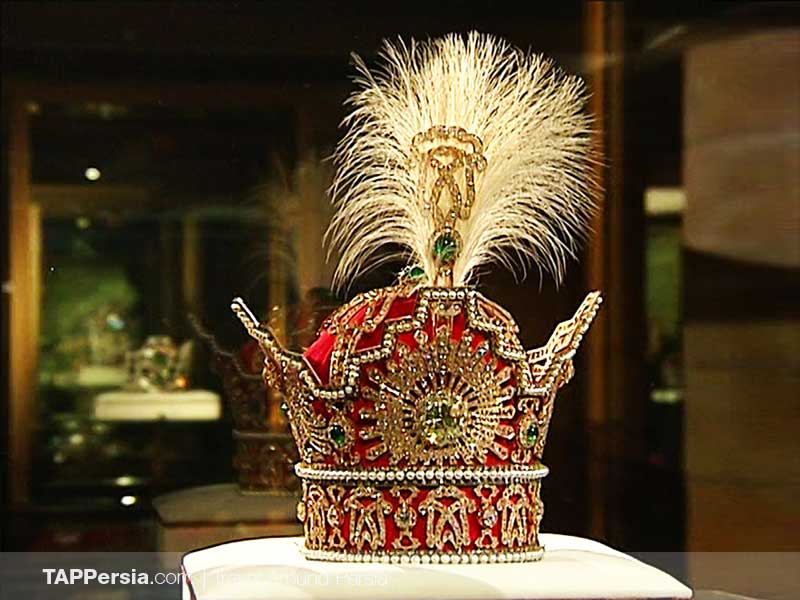


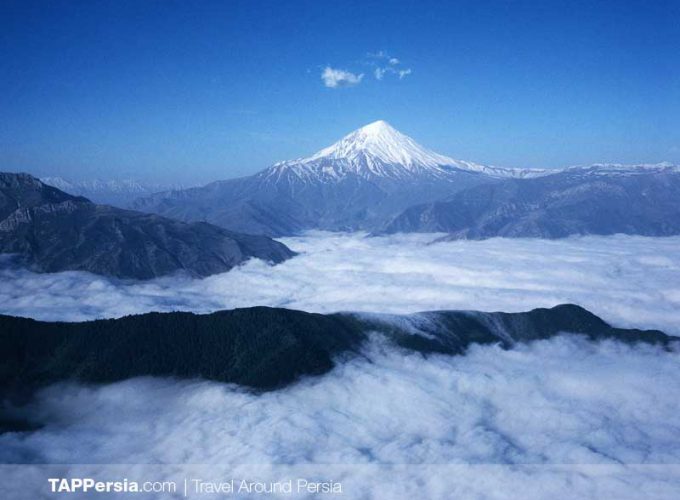
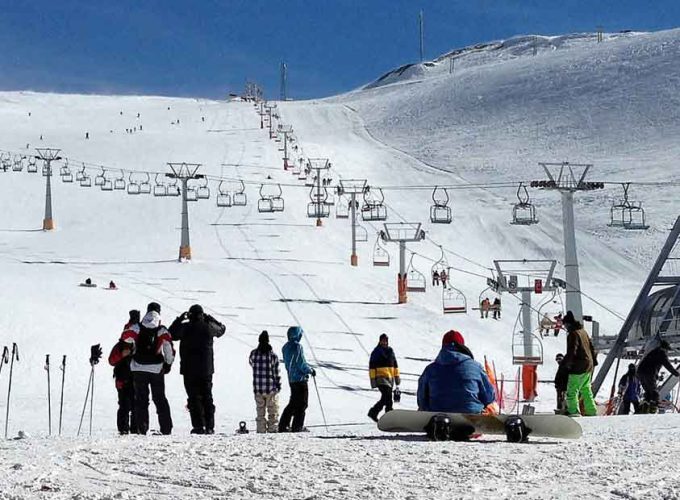
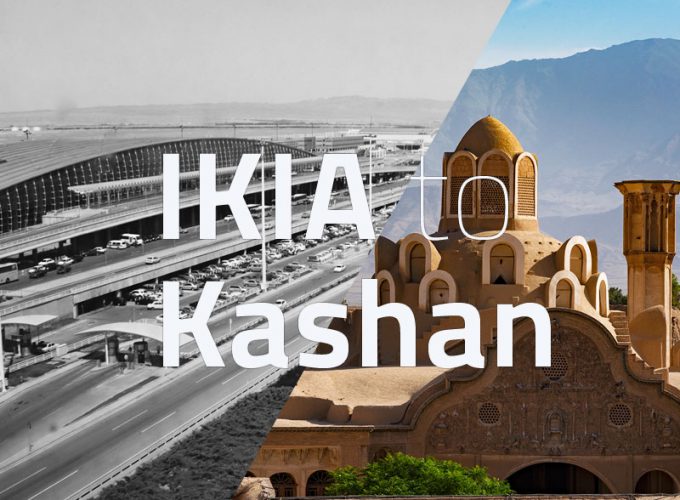



Comment (0)